Waar de kinderen slapen (4 november 2010)
De foto's zijn ooit gemaakt met een Kodak. Niet digitaal, niet bijgewerkt, de ene keer wat overbelicht, een andere keer wat donker. Het rolletje ontwikkeld, in in de loop van de jaren steeds fletser geworden levensechte kleuren afgedrukt op glanzend fotopapier. Met een wit randje eromheen.
Het zijn de foto's van mijn slaapkamertje waar ik vanuit mijn wiegje het donker van de nacht vulde met de rustige ademhaling van een nieuwe wereldburger die de toekomst met vertrouwen vooruit ziet. Totdat er zich iets op begon te spelen wat ik nog geen naam kon geven, maar wat, zoals later bleek, honger heette en ik de halve Bernhardstraat bij elkaar brulde.
Het kamertje en de wieg zijn eenvoudig. Zachte kleuren; mijn vader had zelfs de deur in een lichtgeel jasje gekwast. De gordijnen, de commode, zelfs de pot, alles in een rustgevend en geruststellend pastel. Dezelfde kleuren die ik 32 jaar later tegenkwam in het met zorg ingerichte slaapkamertje van mijn pasgeboren zoon.
Voor iedere ouder is de slaapkamer van een nieuwkomer uniek, maar meestal is het tegendeel werkelijkheid. De zuigeling die in zijn bedje op zijn of haar duim ligt te sabbelen, die is uniek. Maar de slaapkamertjes waarin de wiegjes staan zijn vaak - om in de sfeer te blijven - één pot nat en een spiegel van wat de bladzijden van de thematijdschriften vult.
Pas na verloop van jaren krijgt het kamertje karakter. Babykamer wordt kinderkamer, kinderkamer wordt tienerkamer, tienerkamer wordt puberkamer, en geleidelijk wordt zichtbaar wie daar werkelijk leeft. Niet de ouders, niet de hoofdredacteur van 'Ouders van nu', maar een jong leven dat zijn of haar karakter vormt, zijn of haar interesses ontwikkelt en die bijstelt op het moment dat dat uitkomt.
Op mijn kamertje herinner ik me vaag de eerste platen van Pluto, Donald Duck en Dombo. Helderder is de periode dat ik op het voetballen ging en de striphelden plaats maakten voor alle elftallen van de eredivisie, waarvan er uiteindelijk één club overbleef. Gefiguurzaagde (of is het figuurgezaagde?) vliegtuigjes aan het plafond en op de boekenplank. Totdat de muziek zijn intrede deed. The Sweet en The Osmonds (inclusief Mary!) waren mijn eerste groepen. Gelukkig kreeg ik snel door dat er meer onder de zon was en de glitterpop-posters gingen van de muur die van een oogverblindend paars behangetje en Jim Morrison, Jimmy Hendrickx, The Stones, Che Guevara werd voorzien. Schaars geklede dames wurmden zich na verloop van tijd tussen deze groten der aarde en het hele stel begeleidde me door de pubertijd heen.
Mijn kamer had karakter gekregen, mijn karakter.
 In zijn boek "Where children sleep", dat deze maand ook in Italië uitkomt, heeft James Mallison (in 1973 geboren in Kenya, opgegroeid in Engeland en sinds 2003 woonachtig in Venetië) 56 kinderen uit 24 landen gefotografeerd, en daarbij hun slaapkamer. Een hele mooie serie, waarin de fotograaf niet alleen de slaapkamer aan haar bewoner koppelt maar ook aan het land en de omstandigheden waarin het kind opgroeit.
In zijn boek "Where children sleep", dat deze maand ook in Italië uitkomt, heeft James Mallison (in 1973 geboren in Kenya, opgegroeid in Engeland en sinds 2003 woonachtig in Venetië) 56 kinderen uit 24 landen gefotografeerd, en daarbij hun slaapkamer. Een hele mooie serie, waarin de fotograaf niet alleen de slaapkamer aan haar bewoner koppelt maar ook aan het land en de omstandigheden waarin het kind opgroeit.
,,Ik hoop dat de foto's en de verhalen daarbij vooral kinderen aanspreken zodat gelukkige kinderen (zoals ik was) misschien meer waarderen wat ze hebben'', zegt Mallison in zijn voorwoord. ,,Maar ik hoop vooral dat het boek de kinderen aanzet om over de ongelijkheid in de wereld te denken.''
Hieronder enkele foto's uit "How children sleep" en de bijbehorende tekst.
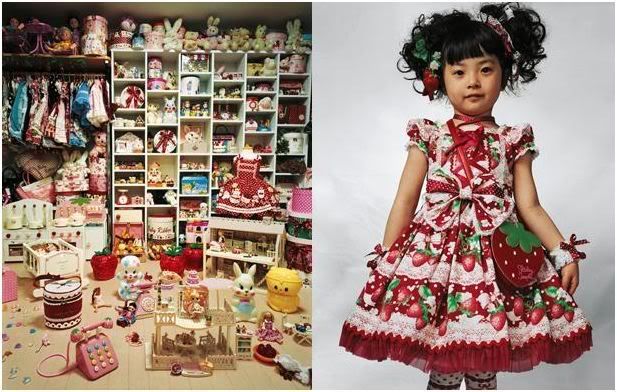
Jasmine (‘Jazzy’), four, lives in a big house in Kentucky, USA, with her parents and three brothers. Her house is in the countryside, surrounded by farmland. Her bedroom is full of crowns and sashes that she has won in beauty pageants. She has entered more than 100 competitions. Her spare time is taken up with rehearsal. She practises her stage routines every day with a trainer. Jazzy would like to be a rock star when she grows up.
Home for this boy and his family is a mattress in a field on the outskirts of Rome, Italy. The family came from Romania by bus, after begging for money to pay for their tickets. When they arrived in Rome, they camped on private land, but the police threw them off. They have no identity papers, so cannot obtain legal work. The boy’s parents clean car windscreens at traffic lights. No one from his family has ever been to school.
Dong, nine, lives in Yunnan province in south-west China with his parents, sister and grandfather. He shares a room with his sister and parents. The family own just enough land to grow their own rice and sugarcane. Dong’s school is 20 minutes’ walk away. He enjoys writing and singing. Most evenings, he spends one hour doing his homework and one hour watching television. When he is older, Dong would like to be a policeman.
Indira, seven, lives with her parents, brother and sister near Kathmandu in Nepal. Her house has only one room, with one bed and one mattress. At bedtime, the children share the mattress on the floor. Indira has worked at the local granite quarry since she was three. The family is very poor so everyone has to work. There are 150 other children working at the quarry. Indira works six hours a day and then helps her mother with household chores. She also attends school, 30 minutes’ walk away. Her favourite food is noodles. She would like to be a dancer when she grows up.
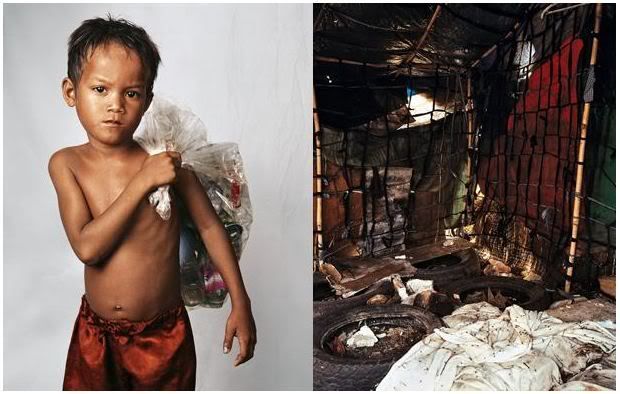
Thais, 11, lives with her parents and sister on the third floor of a block of flats in Rio de Janeiro, Brazil. She shares a bedroom with her sister. They live in the Cidade de Deus (‘City of God’) neighbourhood, which used to be notorious for its gang rivalry and drug use. Since the 2002 film City of God, it has undergone major improvements. Thais is a fan of Felipe Dylon, a pop singer, and has posters of him on her wall. She would like to be a model.
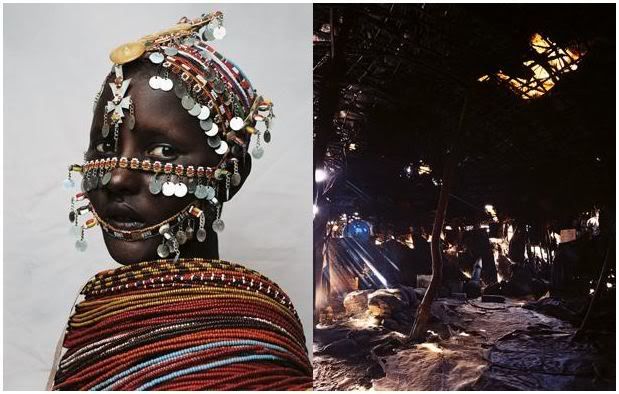
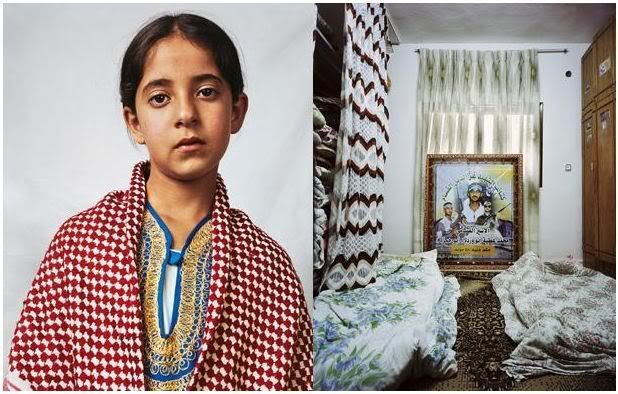
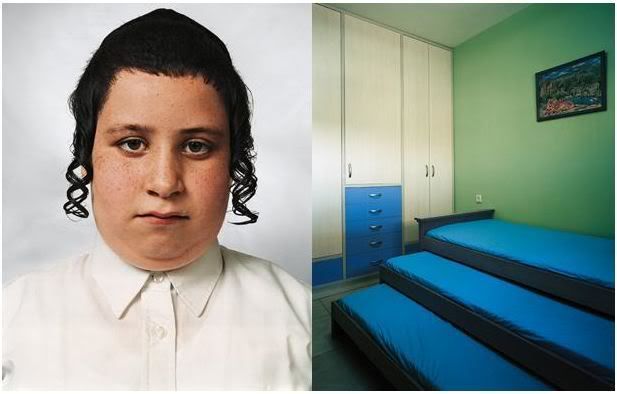
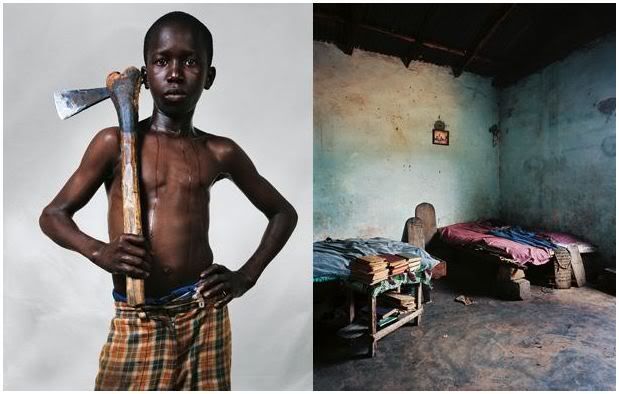
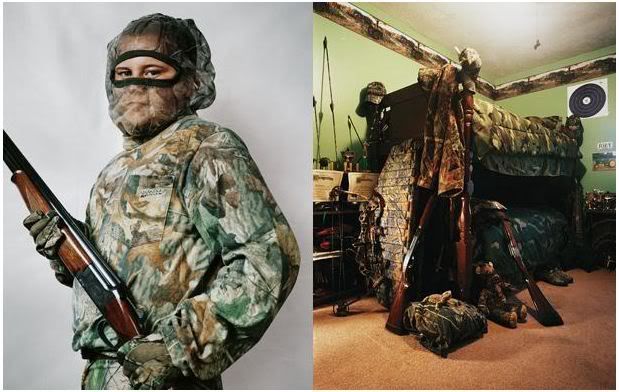
Bronnen:
- La Repubblica
- Telegraph
 In zijn boek "Where children sleep", dat deze maand ook in Italië uitkomt, heeft James Mallison (in 1973 geboren in Kenya, opgegroeid in Engeland en sinds 2003 woonachtig in Venetië) 56 kinderen uit 24 landen gefotografeerd, en daarbij hun slaapkamer. Een hele mooie serie, waarin de fotograaf niet alleen de slaapkamer aan haar bewoner koppelt maar ook aan het land en de omstandigheden waarin het kind opgroeit.
In zijn boek "Where children sleep", dat deze maand ook in Italië uitkomt, heeft James Mallison (in 1973 geboren in Kenya, opgegroeid in Engeland en sinds 2003 woonachtig in Venetië) 56 kinderen uit 24 landen gefotografeerd, en daarbij hun slaapkamer. Een hele mooie serie, waarin de fotograaf niet alleen de slaapkamer aan haar bewoner koppelt maar ook aan het land en de omstandigheden waarin het kind opgroeit.
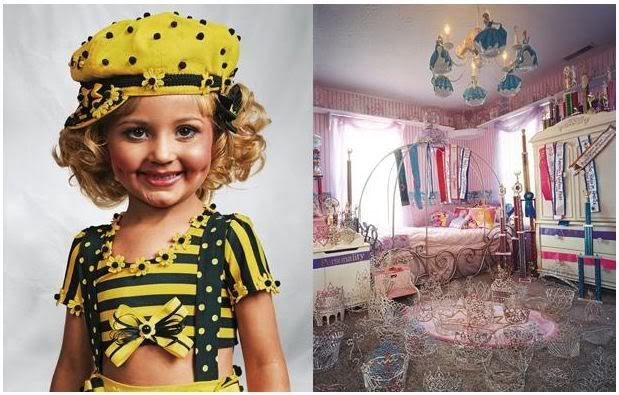

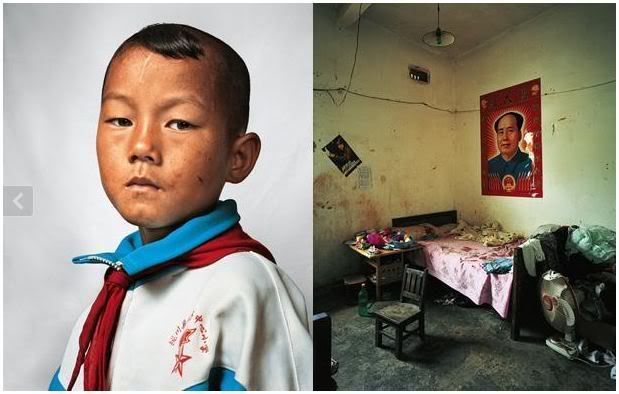
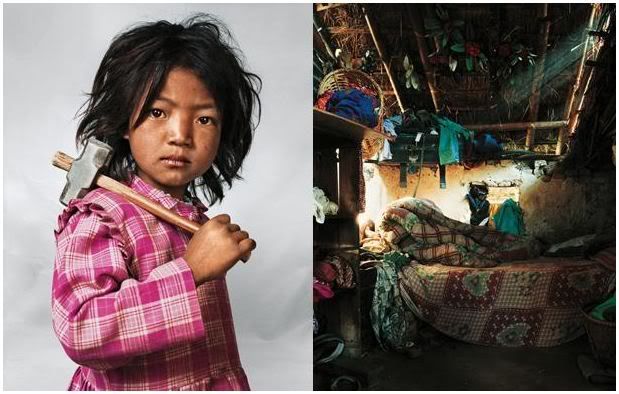

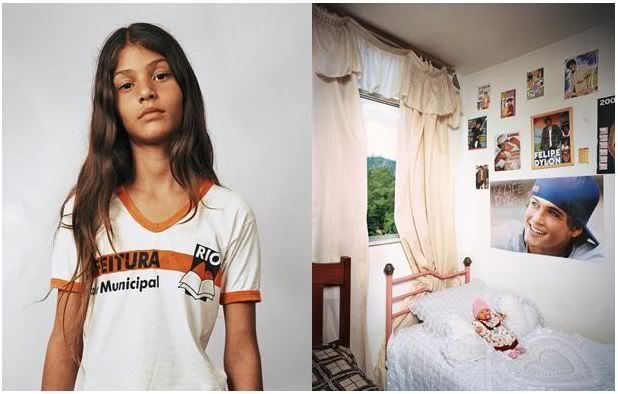






Geen opmerkingen:
Een reactie posten